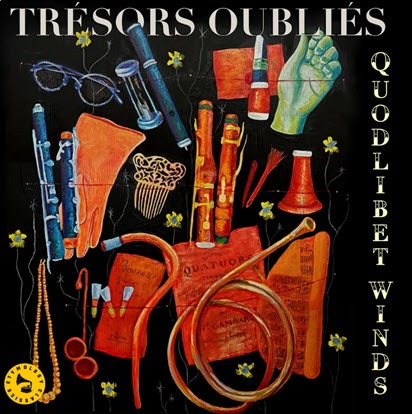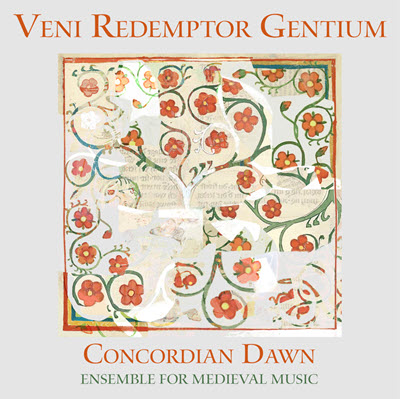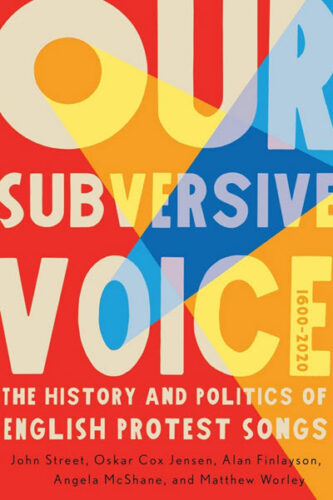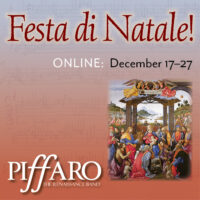by Pamela Dellal
Published October 13, 2025
Biblical Families in Music: Conflict and Heterodoxy in Oratorios, 1670-1770 by Robert L. Kendrick. University of Chicago Press, 2025. 280 pages.
‘Stories of fratricide, child sacrifice, death, and forbidden love performed a didactic function in oratorios, teaching early modern audiences about piety and the rules of proper family life’
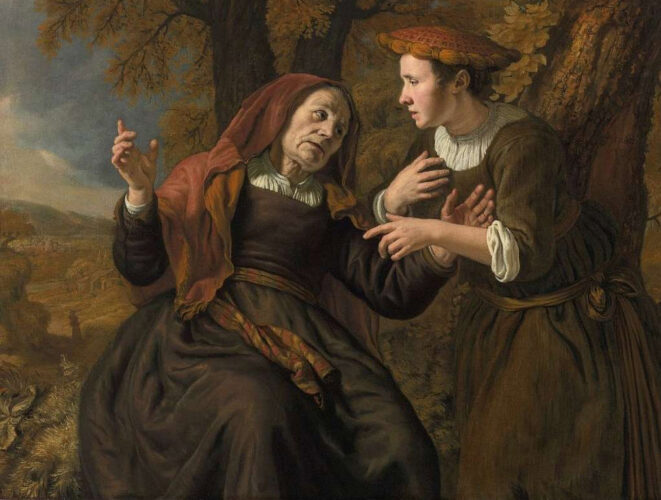
Robert Kendrick’s Biblical Families in Music: Conflict and Heterodoxy in Oratorios, 1670-1770 fills a niche that is often overlooked in the performance and study of this popular genre: It focuses exclusively on repertoire from Catholic regions, specifically Italy and Hapsburg Vienna. These are pieces composed in Italian and Latin which were presented to religious communities or noble families generally during penitential seasons such as Lent, when opera was banned. Kendrick further narrows his scope by considering only libretti drawn from Hebrew Testament stories about familial relationships — siblings, parents and children, husbands and wives — and focusing on the century between 1670 and 1770.
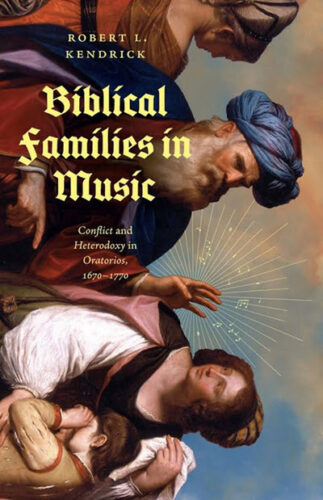
Kendrick’s composers include well-known names such as Alessandro Scarlatti, Antonio Caldara, Giacomo Carissimi, and Franz Joseph Haydn, although lesser-known composers outnumber the famous names by a large margin and include Reutter, Fux, Conti, Sacchini, and Camilla de’ Rossi, the lone woman composer included. Among the librettists the only illustrious name is Metastasio; other poets include Zeno, Pariati, and others.
The book is organized into chapters, each centered on a single story. After an introduction, the successive chapters discuss Cain and Abel, the banishment of Hagar and Ishmael, the binding of Isaac, Jephthe’s vow, Ruth and Naomi, and Tobit and Tobias. A final chapter combines the Song of Songs with the Mother of the Seven Maccabee Brothers.
Kendrick contextualizes the pieces within performing traditions, connects them to contemporary sermons on the Biblical passages, discusses contemporary political and dynastic events, and in a few fascinating instances describes the original oratorio cast of singers with consideration of their individual talents. His main thesis is to examine how the characters and scenarios are fleshed out and sometimes altered in service of portraying a moral message to a select audience.
Even with the self-imposed restrictions on origins and topics, the book is ambitious. It covers more than a century of repertoire, composers, and poets both renowned and obscure, and considers the social and moral impact of the presentation on the intended listeners. Each chapter heading summarizes the plot of the Bible story and lists the major related pieces. The text provides detailed descriptions of many oratorio plots, emphasizing the diversity of their narrative arcs. In the ensuing discussion there are only occasional quotations from the libretti and even fewer musical examples; most of the Italian and Latin texts have translations provided, but some translations are missing.
Although the material is engaging, in several aspects the book fails to rise to expectations. Kendrick’s rather dense prose is compounded by a propensity for undefined terminology and a penchant for jargon-laden vocabulary. For instance, he is fond of using the Italian seicento and settecento to refer to the 17th and 18th centuries, yet he occasionally reverts to the English usage; he tosses about Italian terms for poetic meters (settenario, ottenari, etc) without definition; and he is fond of unusual expressions such as “envoicing” (referring to how a character’s thoughts are expressed). These language choices seem like obstacles for non-specialized readers.
The book contains a valuable bibliography and index. More thorough appendices would have been useful, such as an in-depth chronology of all the works or recordings and modern editions where they exist.
Still, Kendrick’s book opens a window into a neglected repertoire that deserves much more attention. With such compelling and vivid subjects, it’s a shame that more tools are not provided to help ensembles, students, and audiences discover their unique riches.
Pamela Dellal, a Boston-based singer whose career spans four continents and a repertoire of eight centuries, is the Director of Emmanuel Music’s Bach Institute. She is also Professor of Voice, Historical Performance, and Diction at the Longy School of Music of Bard College and the Boston Conservatory at Berklee. Dellal has translated the complete sacred works of J.S. Bach and vocal works of C.P.E. Bach, the latter for the complete edition of the composer’s compositions published by the Packard Humanities Institute. For EMA, she reviewed Michael Marissen’s Bach Against Modernity, looking into the tension created by the composer’s harsh belief system and his universal art.

